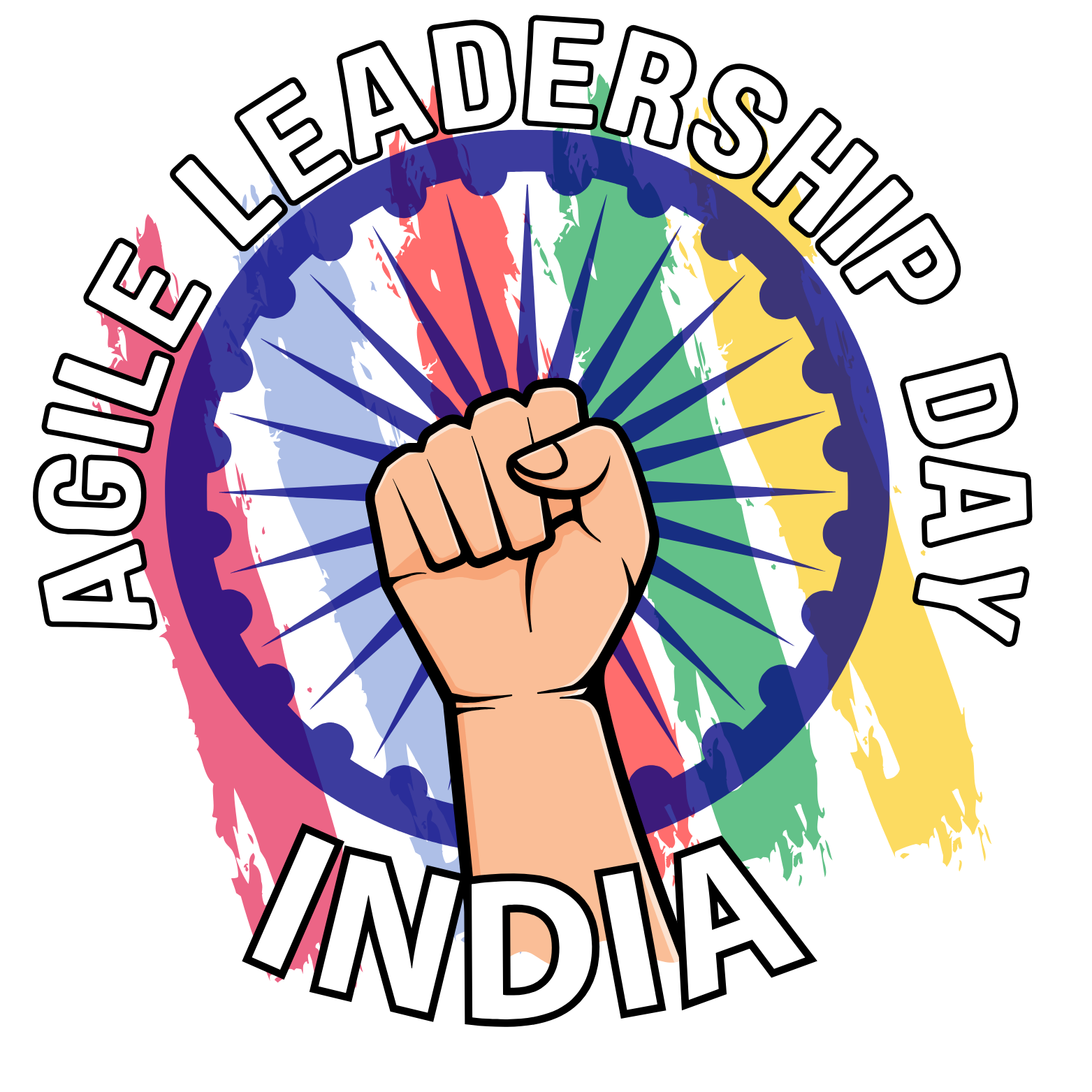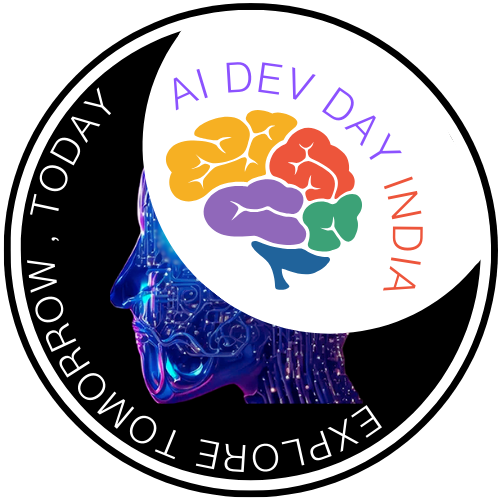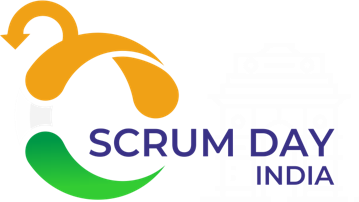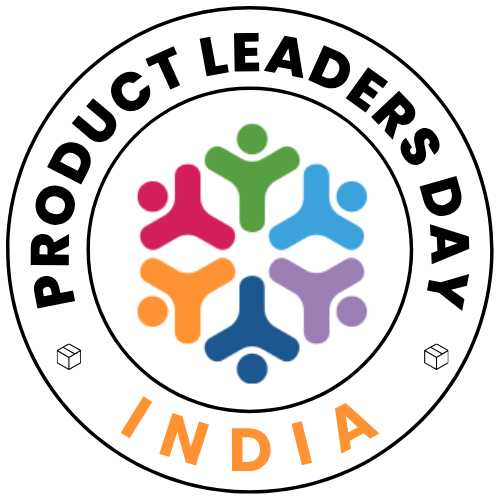Product Stakeholder Management
No time to read? Sit back and enjoy the audio version of this post.
Navigating the Influence Landscape for a Focused Backlog
Whether you're a new Product Owner or a seasoned product manager, managing stakeholders is core to your product backlog management. If you don't know who you're building for — and how much they matter — your backlog risks becoming a chaotic list of requests rather than a focused path toward delivering value.
In the Professional Scrum Product Backlog Management Skills (PSPBMS) class, we explore how Product Owners collaborate, prioritize, and refine backlog items with stakeholders.
Let's make sure you have the basics before we dive deeper together in class.
Who are "Stakeholders"?
A stakeholder is anyone who can directly or indirectly affect or can be affected by, have interest in, can influence or can be influenced by your product. This includes:
- Customers
- End users
- Executives
- Sales & Marketing
- Developers
- Designers
- Regulators
- Investors
- Partners
Even your Scrum Team members (like Developers or Scrum Masters) can be stakeholders in some contexts!

Identifying Your Stakeholders
Use these questions to brainstorm:
- Who funds or approves the product?
- Who uses the product (daily or occasionally)?
- Who complains or praises?
- Who helps or blocks development?
- Who sells or markets it?
- Who supports or maintains it?
Tip:
Start with your Product Goal and ask, "Who cares if this succeeds or fails?" "Who can help it succeed or obstruct it?"
Stakeholder Mapping (Using Real Frameworks)
Once you identify stakeholders, map them using one of these simple stakeholder management models:
1. Power–Interest Grid (Mendelow Matrix)
This classic framework helps you prioritize your stakeholders based on how much power (influence) and interest (stake) they have in your product.

| High Power | Keep Satisfied (Latents) | Manage Closely (Promoters) |
| Low Power | Monitor (Audience) | Keep Informed (Defenders) |
AgileWoW Tip:
We use this in PSPBMS to show how backlog decisions change depending on who's influencing the priority.
2. RACI Matrix
- Responsible – Does the work (e.g., Developers)
- Accountable – Owns the outcome (e.g., Product Owner)
- Consulted – Gives input (e.g., Legal, Marketing)
- Informed – Needs updates (e.g., Senior leaders)
Step 3: Stakeholder Management in Practice
- Build Empathy Maps
Learn what they see, think, feel, do — especially useful during backlog refinement. - Use Personas
We teach this in PPDV (Product Problem Discovery & Validation) — build realistic personas that represent stakeholder clusters. - Visualize with Impact Maps or Opportunity Trees
These tools connect stakeholder needs to features in the backlog. - Schedule Regular Syncs
Promoters may need weekly updates, while Audience may just need a monthly digest. - Capture Feedback in PBIs
Convert stakeholder ideas, concerns, or goals into backlog items — validated and prioritized collaboratively.
Real-World Example:
Product: Online Scrum Learning Platform
Stakeholders:
- Promoter: Head of Learning & Development (funds the training)
- Defender: Scrum students (high stake but can't influence curriculum)
- Latent: CIO (low stake but can influence budget decisions)
- Audience: HR Admin who only needs reports
Each of them sees different value — and your Product Backlog should reflect that.
What You'll Practice in the PSPBMS Class
In the workshop, you'll:
- Map real stakeholders
- Turn stakeholder needs into refined PBIs
- Use AI tools (like ChatGPT) to summarize and prioritize stakeholder input
- Use Personas, and Empathy Maps live with templates
Summary
- Identify your key stakeholders
- Map them using an appropriate framework
- Decide how often & how deeply to engage
- Use tools (like empathy maps) to turn needs into backlog items
- Revisit stakeholder maps every few Sprints
Want to Learn More?
Join our upcoming workshops:
- PSPBMS (Product Backlog Management Skills)
→ Learn prioritization, refinement, stakeholder mapping and AI-backed backlog clarity. - PPDV (Product Problem Discovery & Validation)
→ Master stakeholder interviews, personas, hypothesis testing, and research-backed validation. - PSPO (Professional Scrum Product Owner)
→ Learn strategy, delivery alignment, value metrics, and leadership.
This article is part of AgileWoW's Pre-Workshop Learning Series.




